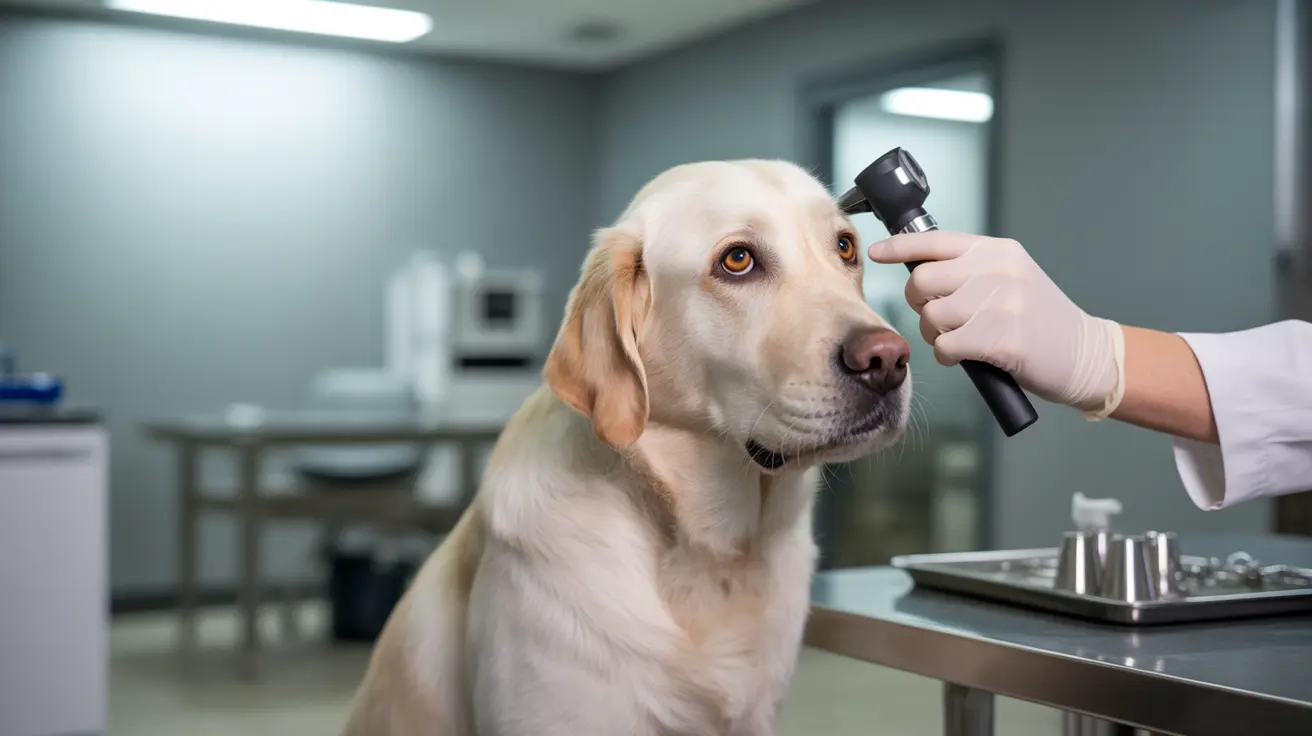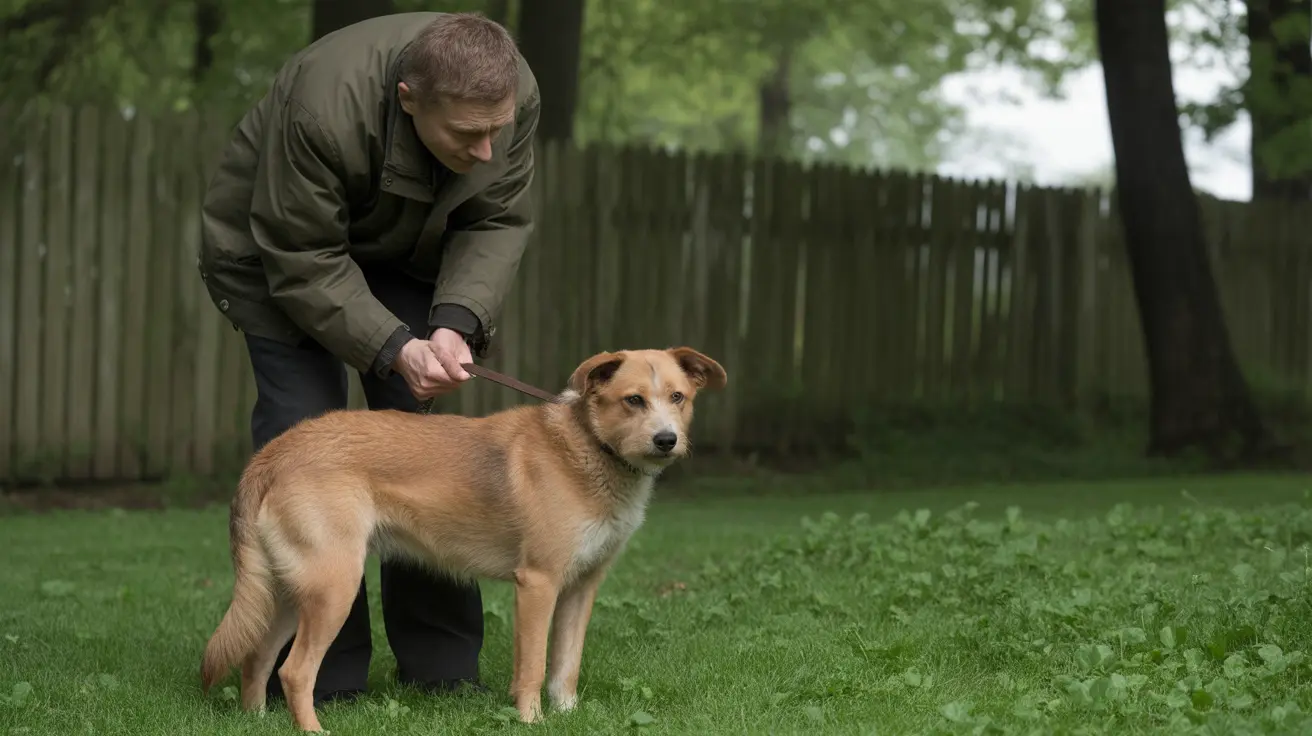Dog Breeds Prone to Skin Tags: What Pet Owners Should Know
Skin tags, also known as acrochordons or fibrovascular papillomas, are common benign growths found on dogs. These non-cancerous lumps typically form in areas of friction or folds of the skin and may go unnoticed until touched during grooming or petting. While most dogs can develop skin tags at some point, certain breeds are more susceptible due to genetic predisposition and skin characteristics.
What Are Skin Tags in Dogs?
Skin tags are soft, flesh-colored growths attached to the skin by a thin stalk. They often match the dog's natural skin tone, sometimes appearing slightly darker. These growths are typically harmless and may be:
- Firm or soft
- Flat or squishy
- Hairless or occasionally have hair
- A few millimeters in size
They most often appear on the neck, armpits, chest, belly, groin, legs, and sometimes on the face or around the eyes and mouth.
Dog Breeds More Prone to Skin Tags
Some dog breeds are genetically more likely to develop skin tags. These include:
- Boxers – Their short coats and skin type make Boxers more prone to developing benign skin growths.
- Cocker Spaniels – Known for skin issues, often exacerbated by their long ears and dense hair.
- Poodles – Genetic factors and grooming friction may contribute to skin tag development.
- Miniature Schnauzers – Susceptibility may stem from both genetics and skin makeup.
- Bulldogs – Heavily folded skin causes more friction and leads to irritation that contributes to skin tag growth.
- Beagles – Their active nature and genetics play a role in this predisposition.
- Hound breeds – Loose skin and genetics can make them prone to these growths.
Common Causes of Skin Tags
In addition to genetics, skin tags can develop due to:
- Aging – Older dogs are more likely to develop skin tags.
- Friction – Collars, harnesses, or lying on hard surfaces irritate skin over time.
- Hormonal Imbalances – May influence abnormal skin growth.
- Viral Infections – Such as papilloma virus, which can cause wart-like growths.
Friction areas like the groin, chest, and neck are especially vulnerable.
How to Identify a Skin Tag
Because many growths look similar, it’s important to differentiate skin tags from other conditions such as:
- Warts – Rounder and firmer than skin tags.
- Cysts – Usually larger and more firmly attached.
- Ticks – Resemble tags but have legs visible under close inspection.
- Moles or Tumors – May initially appear similar but differ upon examination.
Warning signs include rapid growth, change in color or size, ulceration, bleeding, or inflammation. If these occur, consult a veterinarian immediately.
Veterinary Diagnosis and Treatment
Vets can usually diagnose skin tags through physical examination. If uncertain, they may use:
- Fine needle aspiration
- Biopsy or lab cell analysis
Treatment is typically not needed unless the skin tag:
- Becomes infected or irritated
- Is in a high-friction area causing discomfort
- Bleeds or causes the dog to lick or scratch it excessively
Veterinary removal methods include:
- Surgery – Especially for large or complex tags.
- Cryotherapy – Freezing the tag with liquid nitrogen.
- Cauterization – Burning off the tag with heat.
These procedures are usually quick and done under local or general anesthesia. Never remove a tag at home, as it can cause infection or misdiagnosis if it is not truly benign.
Can Skin Tags Be Prevented?
While you can't always prevent skin tags, you can reduce risk by:
- Keeping skin folds clean
- Ensuring proper collar and harness fit
- Using supportive bedding
- Managing allergies and skin conditions
- Maintaining a healthy weight
- Performing regular grooming and skin checks
Keep a record of your dog's existing skin tags, noting size, shape, and changes over time.
Conclusion
Although skin tags are mostly harmless, monitoring them is key to maintaining your dog’s health. If you own a breed known for skin sensitivity, be proactive about grooming, comfortable gear, and regular veterinary checkups. Spotting abnormalities early ensures the best care and peace of mind for you and your pet.





